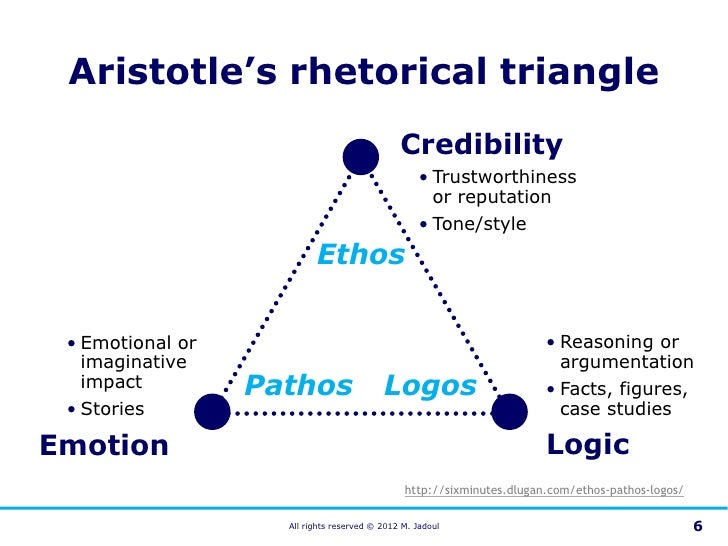

This cookie is set by GDPR Cookie Consent plugin. The cookies is used to store the user consent for the cookies in the category "Necessary". The cookie is set by GDPR cookie consent to record the user consent for the cookies in the category "Functional". The cookie is used to store the user consent for the cookies in the category "Analytics". These cookies ensure basic functionalities and security features of the website, anonymously. Necessary cookies are absolutely essential for the website to function properly. “There are tons of these things in commercials, and being able to identify different types will be useful later on.” Share this post: “With ethos, pathos, and logos, you can convince someone to do something: buy stuff, change a diet, or change the way you dress,” said junior student Eduardo Cervantes. “It uses the cigarette mascot to persuade us not to smoke cigarettes.”Īrmed with these skills of rhetorical analysis, students felt more confident in their understanding of the barrage of commercials and advertisements they face on a daily basis. “The tone of that ad is ironic,” said Richárd. One public service advertisement featured a cigarette company mascot lying in a hospital bed with the caption “Joe Chemo.” Students furthered their understanding of rhetorical analysis by investigating the tone of a variety of advertisements. “I can view an ad and it can get me into my feelings (pathos), but at the same time it can be trying to persuade someone else with logic (logos).” “I’ve also learned that an ad can show more than one rhetorical appeal at once, depending on the audience and purpose,” said Richárd. Junior Richárd LaBon recognized that strong arguments may contain multiple persuasive approaches. Rhetorical approaches such as pathos try to persuade us by appealing to our emotions.”Īfter learning the differences between ethos, pathos, and logos and their importance in persuasive techniques, students felt empowered to identify the kind of arguments that advertisements are trying to make. “When I used to look at commercials,” Rosa said, “I never really thought about what they were trying to get me to do, even though it was pretty clear they wanted me to buy and use the product.

Student Rosa Ramirez admitted that the lesson changed the way she watches TV. Students discovered that the images, words, and context help convey the rhetorical message of the advertisements.

With these basic definitions, students analyzed commercials and advertisements to investigate how each ad attempts to persuade the audience. Logos is a logical appeal that tries to persuade the reader with facts and statistics. Pathos is an emotional appeal to someone’s feelings, like fear or love. Ethos is an attempt to catch someone’s attention by using ethics or a moral appeal.

With this knowledge, students analyzed multiple commercial advertisements’ persuasive approaches and use of rhetorical appeals.Įthos, pathos, and logos are different ways an author can use persuasion in a text. They learned to identify and understand the difference between three rhetorical appeals: ethos, pathos, and logos.
#Ethos pathos logos meaning series#
This week in the Diploma Programme Language and Literature class at Roberto Clemente Community Academy, students studied rhetorical analysis by analyzing a series of television commercials and print ads. “Ethos, Pathos, Logos: Rhetorical Analysis in Advertising”


 0 kommentar(er)
0 kommentar(er)
